If your car won’t start and the problem is not caused by a dead battery, then you might need to jump the starter solenoid to get your car moving again.
The starter solenoid is responsible for sending an electrical current to the starter motor. The starter motor is responsible for turning or starting your engine.
Contents
Locating The Starter Solenoid In Your Vehicle

The starter solenoid is usually located on top of the starter motor. On other model cars, the starter solenoid is located next to the battery.
The starter motor is cylindrical in shape. If you see a smaller cylinder attached on top of the starter motor, then you have found the starter solenoid.
You can easily trace the location of the starter solenoid using the positive terminal (+) of the battery. The positive terminal is the red cable attached to your car battery. The starter solenoid has two terminals like your battery, and one of those terminals will connect to the positive wire terminal of your battery.
Things To Check Before Jump Starting The Solenoid
Before jump starting the solenoid, here are the things that you need to check:
1. Check The Car Battery
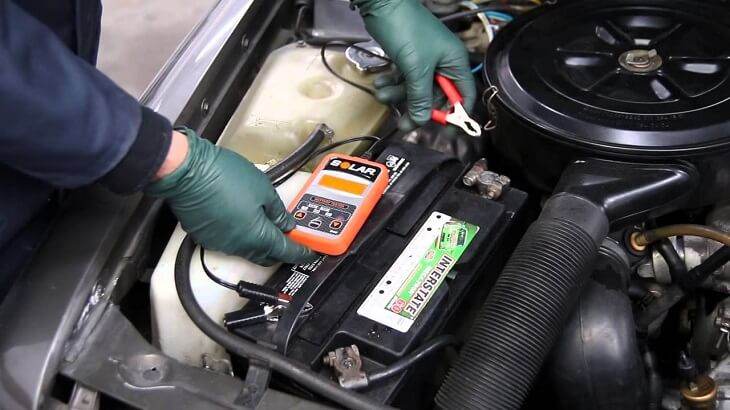
Via Youtube.com
This is the most important thing to check before thinking about jumping the starter solenoid. You need to make sure that your car battery can supply enough current to start the solenoid and turn your engine.
Even if your vehicle has a bad starter solenoid, you need a good and strong battery to start the engine. If you have a new battery, then you’re in the clear. But if you think that your old battery is weak or is not holding a sufficient charge, you will need to check the battery voltage before proceeding to jump the starter solenoid.
You will need a voltmeter to check the battery voltage. Simply connect the red lead to the positive terminal (+) of the car battery, and connect the black lead to the negative terminal (-).
Check the reading of the voltmeter. It should register 12 volts. If the value is less than 12 volts, then you might need to either recharge or replace the battery. More reading on the best car battery charger.
You should only proceed if your battery has enough current to turn the motor. If not, you might not be able to start the car by jumping the starter solenoid.
2. Check The Starter Solenoid
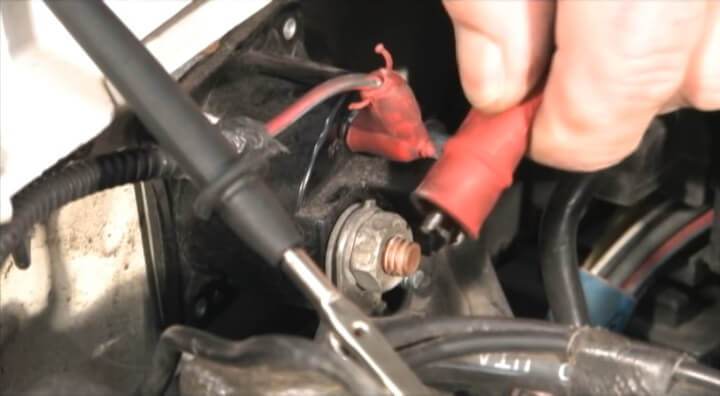
Via Youtube.com
Although this procedure is optional, it is a good idea to also test the starter solenoid to make sure that it’s getting enough power from your car battery.
The starter solenoid (also called the starter relay) relays a large electric current to the starter motor. It gets the power from the battery. If you turn the ignition key to the ON position, there is a small electric current that passes through the solenoid. The starter solenoid will then close a pair of heavy contacts that relays a large current to the starter.
After locating the starter solenoid in the engine bay, use a pair of pliers to pull out the ignition lead. Simply connect the red lead of the voltmeter to the other end of the ignition lead, and connect the black lead of the voltmeter to the frame of the starter to ground the unit.
Have a friend turn the ignition key of your vehicle to start the engine. The voltmeter should read 12 volts. If the reading is less than 12 volts, then your engine will not start, and you might need to replace the starter solenoid.
But if you’re in an emergency and your car won’t start, or if you don’t want to get stranded in the middle of nowhere.
How To Jump A Defective Or Bad Starter Solenoid
Here is a friendly reminder: jumping a defective or bad starter solenoid is a dangerous procedure. Do this only as a last resort. You can either get electrocuted, or you can burn out and destroy the starter motor completely.
You are basically bypassing the starter solenoid to deliver electrical current directly to the starter motor. You can expect sparks and mild electric shock, so you need to be careful.
Things that you need:
- Long screwdriver with rubber handle, or long steel rod with insulated handle
- Friend or assistant to turn the ignition
Step 1: Pop Open The Hood And Locate The Starter Solenoid
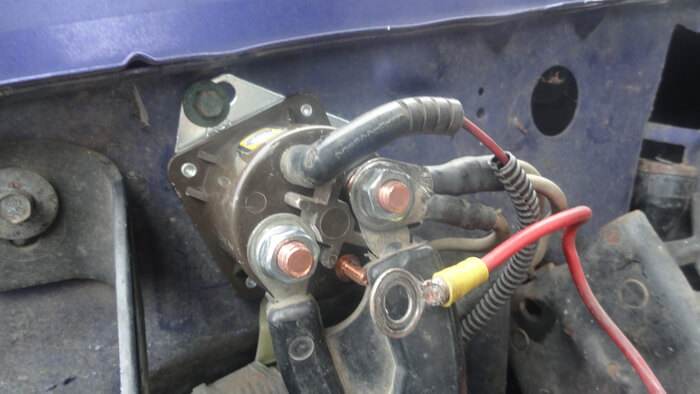
Via 2carpros.com
As previously mentioned above, the starter solenoid is usually found on top of the starter motor, located next to the battery. But on some car models, the starter motor is located where the engine and the transmission should meet.
The starter motor is a cylindrical metal component. The smaller cylindrical part affixed on top or on the side of the starter motor is the starter solenoid.
Basically, if you found the starter motor, then you have found the starter solenoid.
Step 2: Make Sure That The Car Is In N Or Neutral
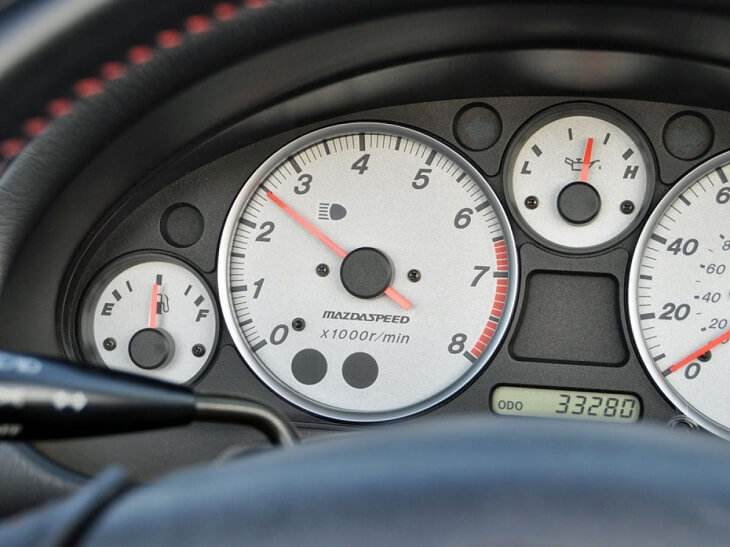
Via nydailynews.com
Before proceeding to bypass the solenoid, make sure that the transmission is set to N or Neutral. Of course, you don’t want the car to jerk forward while jump starting the solenoid.
It is also a good idea to fully engage the handbrake or parking brake.
Step 3: Grab The Screwdriver And Crank The Vehicle
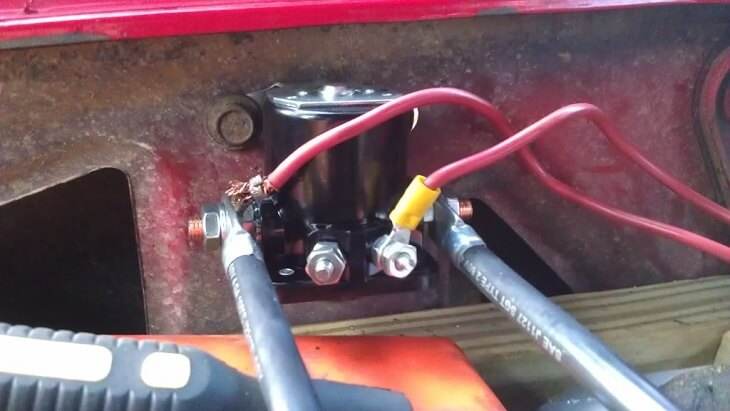
Make sure that you are using a screwdriver with an insulated rubber handle. This will protect you from the risk of electric shock or getting grounded by the procedure.
Place the tip of the screwdriver to the post that is connected to the starter motor. The post is usually a large black bolt with a thick battery cable.
Next, the metal shaft of the screwdriver should be touching the terminals leading out of the solenoid.
You are now ready to start the car. Ask a friend or assistant to sit in the driver’s seat and turn the ignition to start the engine.
Make sure that your skin is not in contact with any metal parts of the screwdriver or the engine block while jump starting the solenoid.
After the engine starts, you should immediately remove the screwdriver.
Symptoms Of A Bad Or Faulty Starter Solenoid
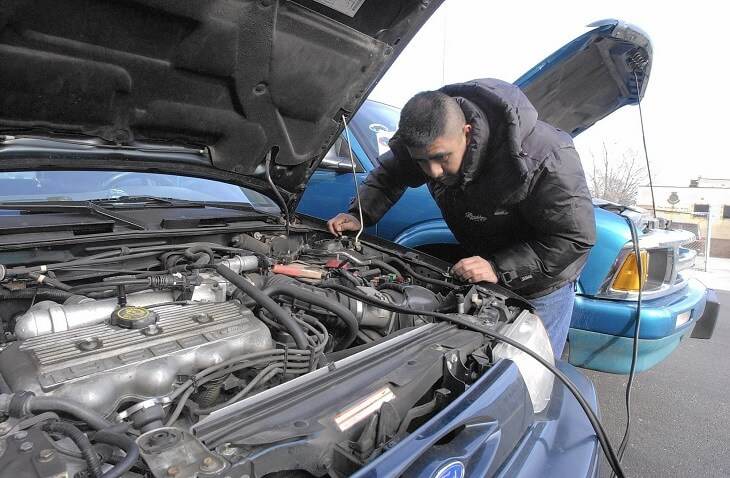
Here’s the good news: the starter motor is fairly durable. But age, abuse, and improper maintenance of the electrical system and battery will dramatically shorten the lifespan of the starter solenoid.
If you notice these symptoms, have your car checked by a mechanic immediately.
1. Car Refuses To Start
In the absence of a battery problem, if you turn the key or push the button and the car refuses to start, then there might be a problem with the starter relay.
2. Starter Remains On Even After Starting The Engine
This is quite unusual, but it happens to the best of us. If the starter motor keeps running even when you’re not cranking the engine, then you better have this checked as soon as possible.
When you turn the key or push the Start button, the engine should start and the circuit that controls the starter motor should close. If the starter remains ON even if the engine is already running, then this might mean that the main contacts of the starter solenoid are welded together in the closed position.
This can damage the starter, the solenoid, and the entire ignition circuit. This can also wreak havoc to the transmission flywheel of your vehicle, which roughly means that you need thousands of dollars to repair the problem.
3. Sporadic Starting
If you turn the key, the starter motor should come to life immediately and start the engine. If it takes longer to crank the engine, or if the starter motor intermittently starts (like ON again and OFF again) then you might have a bad or failing starter solenoid.
4. Clicking Sound
If you hear a clicking sound from the starter motor while turning the ignition, you should have the starter checked immediately.
This clicking sound is also a symptom of a weak battery, but this also means that the starter solenoid is not sending the right amount of current to the starter motor when you turn the key.
If you notice anything unusual or if you hear strange clicking noises when you turn the ignition to start the car, this will most likely mean that the starter motor or the starter solenoid is about to go bad. Head over to your favorite mechanic and gave the problem diagnosed as soon as possible.
Remember that an ounce of prevention is better than a pound of cure.
Conclusion
Bypassing or jumping the starter solenoid is not for the faint of heart, nor is it for the novice enthusiast. After proceeding to jump the starter solenoid, you should drive to the nearest service station or garage and have the ignition system checked for any abnormalities. You wouldn’t want to keep jump starting the solenoid each time you start your car. Besides the obvious risks, it is downright inconvenient as well.
Read more: The right way to jump start a car.

